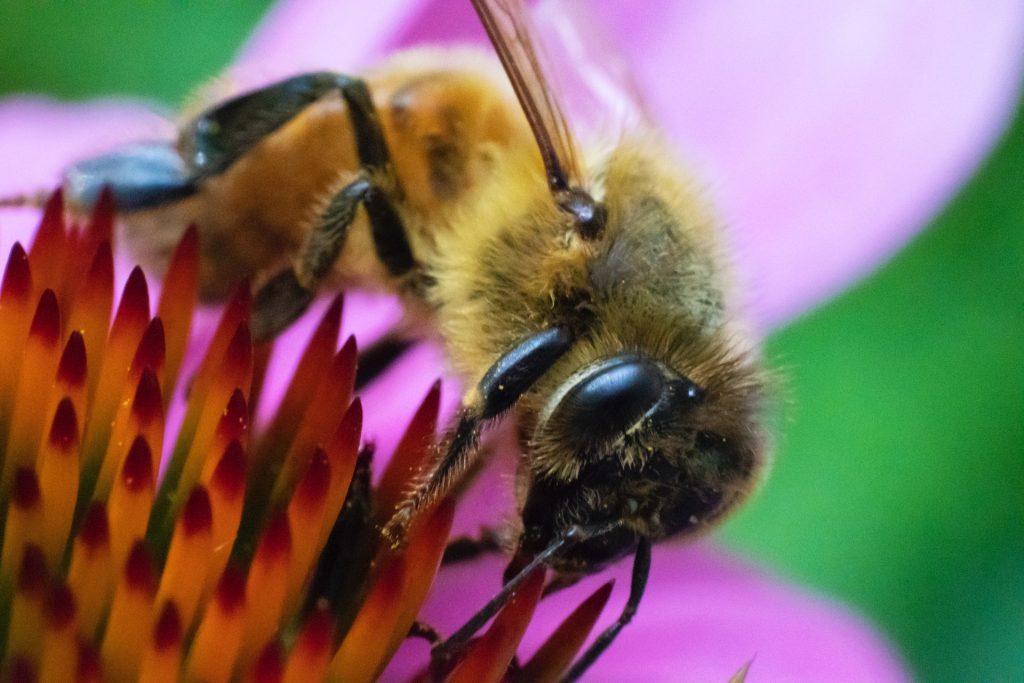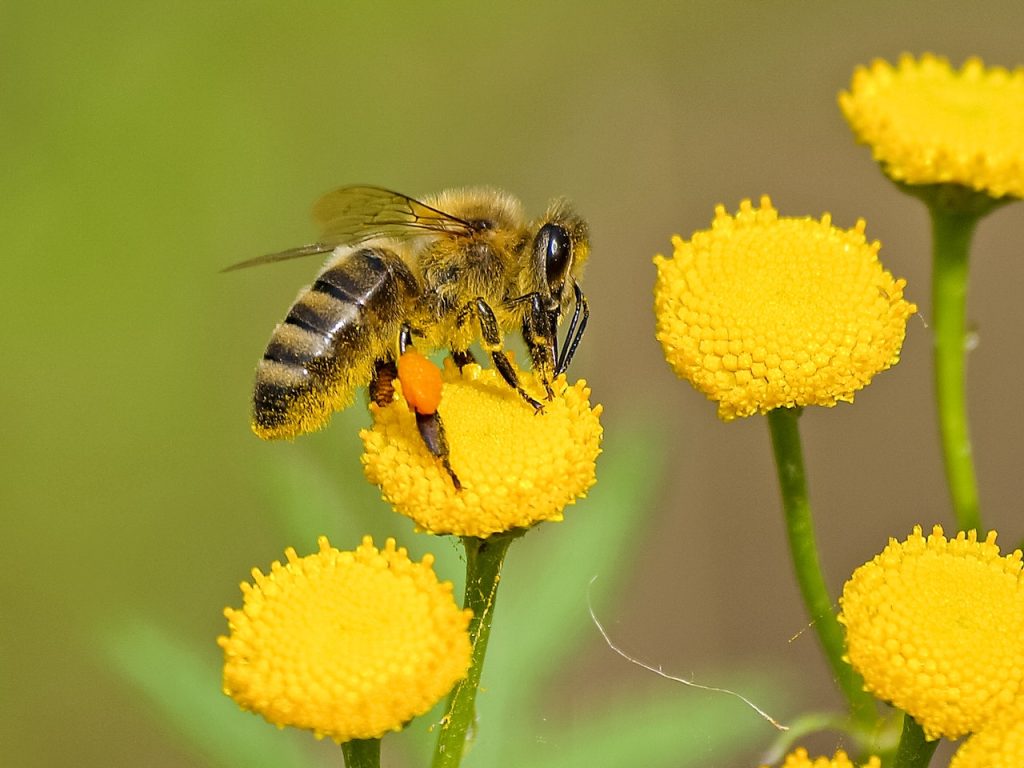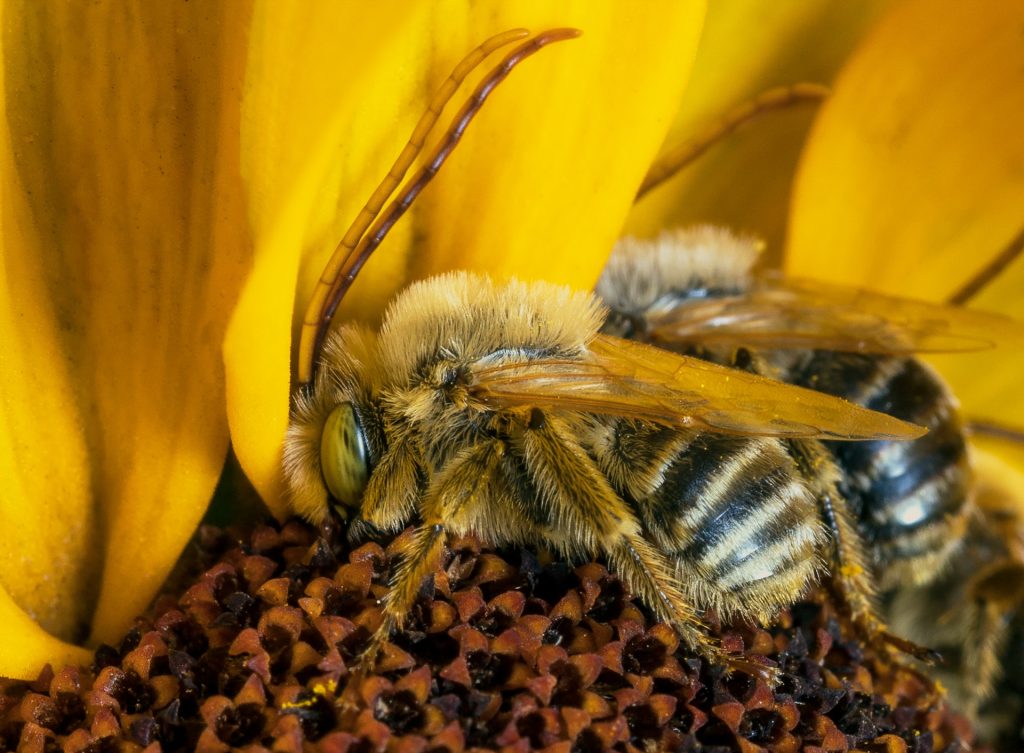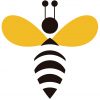When we think of bees, honeybees often come to mind. However, there is an entire world of native bees that play a vital role in pollination and ecosystem health. Native bees are fascinating creatures with diverse characteristics and behaviors that make them unique. In this article, we will delve into the captivating world of native bees, explore their importance in pollination, and highlight the need for their conservation.
The Diversity of Native Bees: Native bees are a diverse group, with thousands of species found across the globe. Unlike honeybees, which live in colonies, most native bees are solitary, nesting individually in tunnels, soil, or plant stems. They come in a wide array of sizes, colors, and shapes, each adapted to different ecological niches and plant species.
Native Bees as Pollinators: Just like honeybees, native bees are exceptional pollinators. They have evolved alongside native plants, forming intricate relationships that ensure successful reproduction. Native bees exhibit specialized behaviors, such as “buzz pollination,” where they vibrate their flight muscles to release pollen from certain flowers. Their efficiency in pollination contributes to the diversity and abundance of flowering plants in natural ecosystems.
Ecosystem Services Provided by Native Bees: Native bees provide vital ecosystem services, with their pollination activities extending beyond wild plants to include agricultural crops. While honeybees often take the spotlight in commercial pollination, native bees also play a significant role in crop production. They contribute to the pollination of fruits, vegetables, and nuts, enhancing yields and improving the quality of agricultural products.
Challenges and Threats: Despite their importance, native bees face numerous challenges that threaten their populations. Habitat loss, pesticide use, climate change, and disease transmission from managed honeybees are among the primary factors impacting native bee populations. Their reliance on specific plant species for nesting and forage further exacerbates the vulnerability of certain species to habitat degradation and changes in land use.
Conservation Strategies for Native Bees: Conserving native bees is essential for maintaining biodiversity, promoting sustainable agriculture, and preserving ecosystem resilience. Several strategies can help protect native bee populations:
Habitat Preservation and Restoration: Preserving natural habitats and creating pollinator-friendly landscapes with diverse native plant species provide crucial nesting sites and forage opportunities for native bees. Restoring degraded habitats and establishing protected areas contribute to their long-term survival.
Reducing Pesticide Use: Minimizing the use of pesticides, particularly those that are harmful to bees, is vital for their conservation. Adopting integrated pest management (IPM) practices and promoting organic farming methods help protect native bees while maintaining crop productivity.
Providing Nesting Opportunities: Creating artificial nesting sites, such as bee houses and bee-friendly gardens, can support solitary native bee species that rely on specific nesting habitats. These nesting structures mimic natural nesting conditions and provide safe spaces for reproduction.
Education and Awareness: Raising awareness about the importance of native bees and their conservation is crucial. Educating the public, farmers, and policymakers about the role of native bees in ecosystems and agriculture can foster a greater understanding and support for conservation efforts.
Research and Monitoring: Continued research on native bees is essential for understanding their population dynamics, habitat requirements, and the factors impacting their health and well-being. Monitoring native bee populations helps identify conservation priorities and guides management strategies.
The world of native bees is a captivating and vital component of our natural ecosystems. Their diverse characteristics, specialized behaviors, and critical role in pollination make them irreplaceable. Recognizing the importance of native bees and implementing conservation strategies are paramount for preserving their populations and the ecosystems they support. By protecting their habitats, reducing pesticide use, and raising awareness, we can ensure a sustainable






